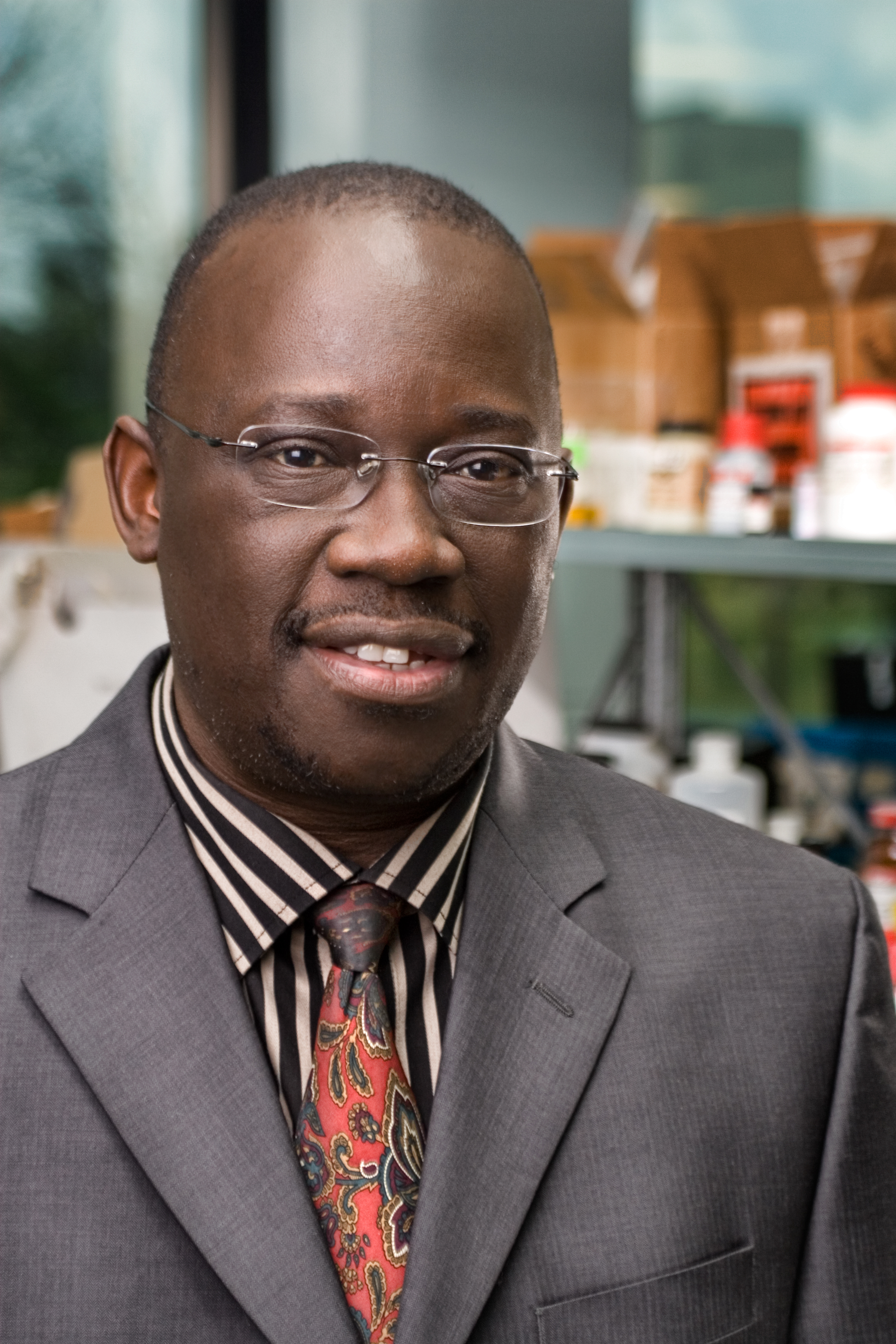|
|








Proud member of:
The American Chemical Society

|
Research Interests
Interactions involving membranes
Our team investigates the interactions between different
biological systems and membrane constituents, with special emphasis on the
role of endogenous/exogenous metal ions. Biophysical approaches such as IR,
Raman, NMR, fluorescence and UV visible techniques are employed.
Current research projects:
(a)
Interactions between drugs and membrane models: the objective is to
understand their mechanism of activity or toxicity
(b)
Structure and function
of antimicrobial peptides: role of metal ions; the objective is to
understand the nature of the killing mechanism.
Aim 1. To investigate the effect of
metal ion binding on the secondary and tertiary structure of antimicrobial
peptides in the presence and absence of phospholipids using UV circular
dichroism (UVCD), fluorescence, infrared, and Raman techniques as well as
NMR. Aim 2. To
assess the role of different metals on the biological activity of
antimicrobial peptides. (c)
Identification and mapping of compounds such as pharmaceuticals, proteins,
vitamins, carbohydrates in biological samples using Raman microscopy.
Removal of metal ions
from soil and groundwater
Clean water is a critical issue for many
parts of the world for human, animal and agricultural use.
Forest and agricultural
by-products are the most abundant renewable resources worldwide. The
objective is to selectively remove metal contaminants without creating
hazardous waste or by-products, using forest and agricultural by-products as
novel adsorbents. Actually our team is exploring the ability of cassava bark
and lignin (from the paper and pulp industry) to remove metal ions. AA,
ICP-AES, IR, UV visible and potentiometric titration techniques are used.
|

Contact Information
Office: Boswell Science Complex
Phone: 615-963-5335
Email:
nphambu@tnstate.edu
|

 Department of Chemistry
Department of Chemistry
